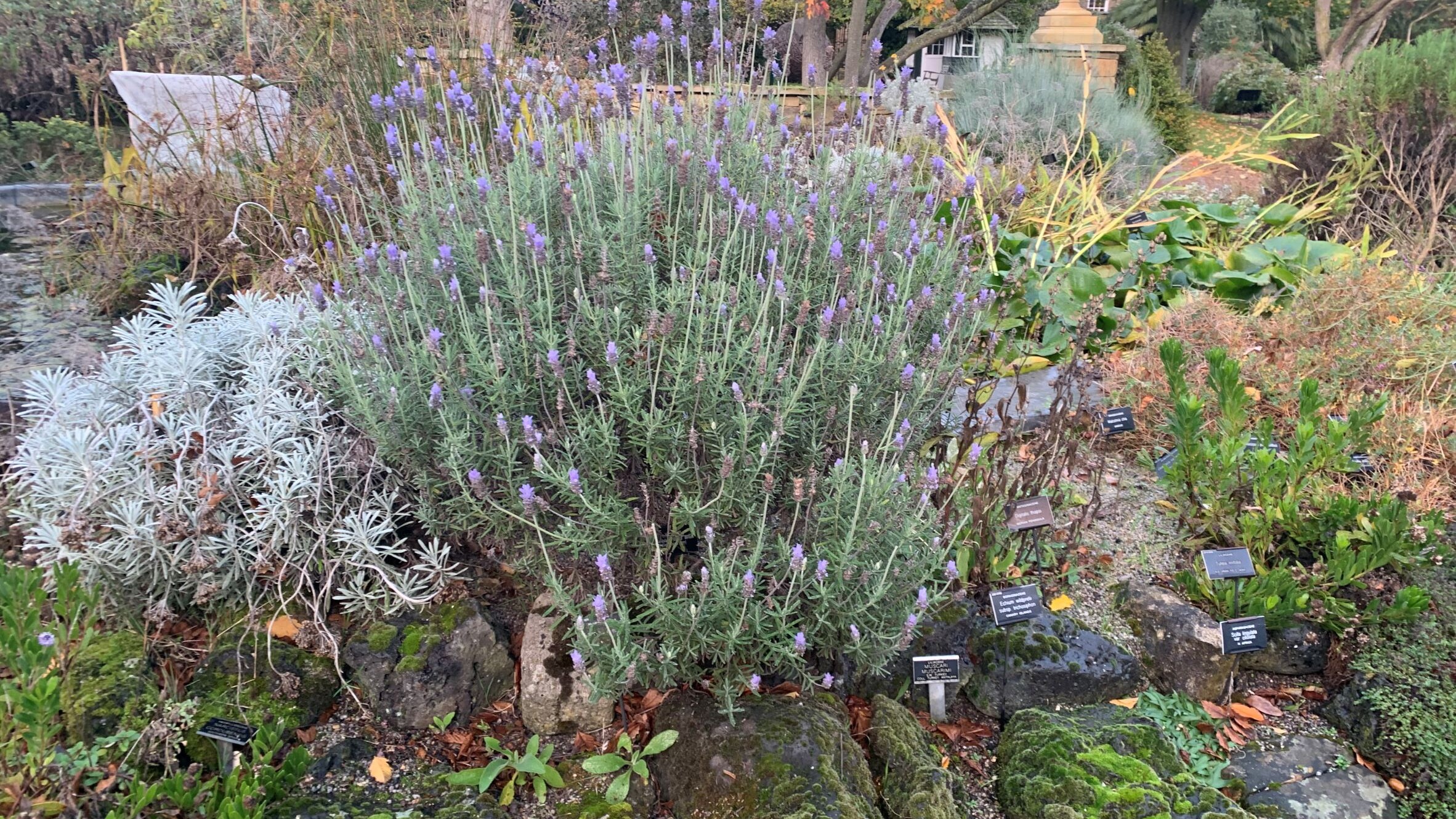Scientific Name: Lavandula dentata
Common Name: Fringed Lavender
Family: LAMIACEAE
Origin: Algeria, Baleares, Eritrea, Ethiopia, Morocco, Palestine, Saudi Arabia, Spain, Yemen
‘Lavender boy’, ‘lavender lad’, ’a streak of lavender’, and ‘The Lavender Scare’ were all derogatory terms used historically to somehow correlate the plant, the colour, and homosexuals. Lavender is a colour made by blending pink and light blue. At the turn of the 20th Century, pink came to be associated with girls and blue with boys. Therefore, lavender suggests a blurring between the masculine and feminine binary. Since then, some people were said to have ‘a streak of lavender’ in them, meaning that they displayed queer characteristics. The Lavender Scare was the persecution of the homosexual employees of the US government during the mid-twentieth century by their employer. Like many other derogatory terms applied to the LGBTQ+ community, lavender has since been claimed as a symbol of queer pride.
Also called fringed lavender, it is a strong scented shrub with tooth edged leaves and long flower stems. Lavandula dentata has perfect flowers, also called androgynous or bisexual flowers. This means that they have both male and female reproductive organs in the same flower. Lavender flowers attract pollinators like bees and butterflies. Lavender oil has been known to help heal burns, is anti-microbial, and anti-inflammatory. The plant is also well known for its aroma-therapeutic effects that can help with anxiety.
Further Reading:
https://daily.jstor.org/four-flowering-plants-decidedly-queered/ (Accessed: 12 June 2020)
https://powo.science.kew.org/taxon/urn:lsid:ipni.org:names:449031-1 (Accessed: November 2021)
https://www.healthline.com/health/anxiety/lavender-for-anxiety

